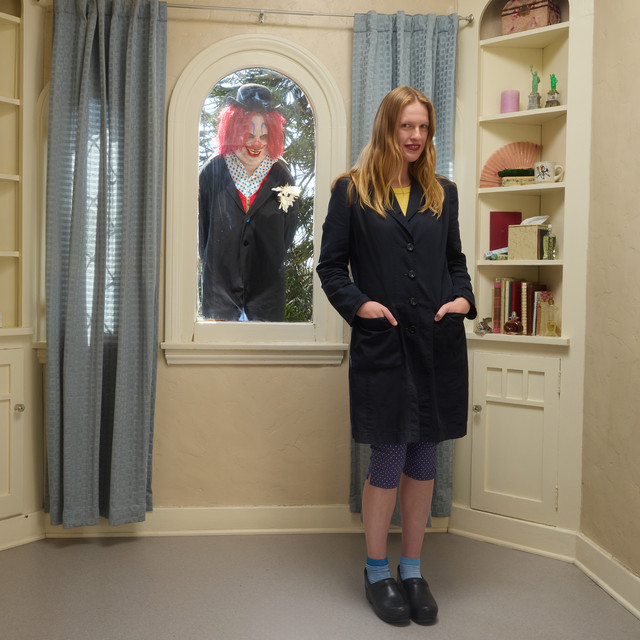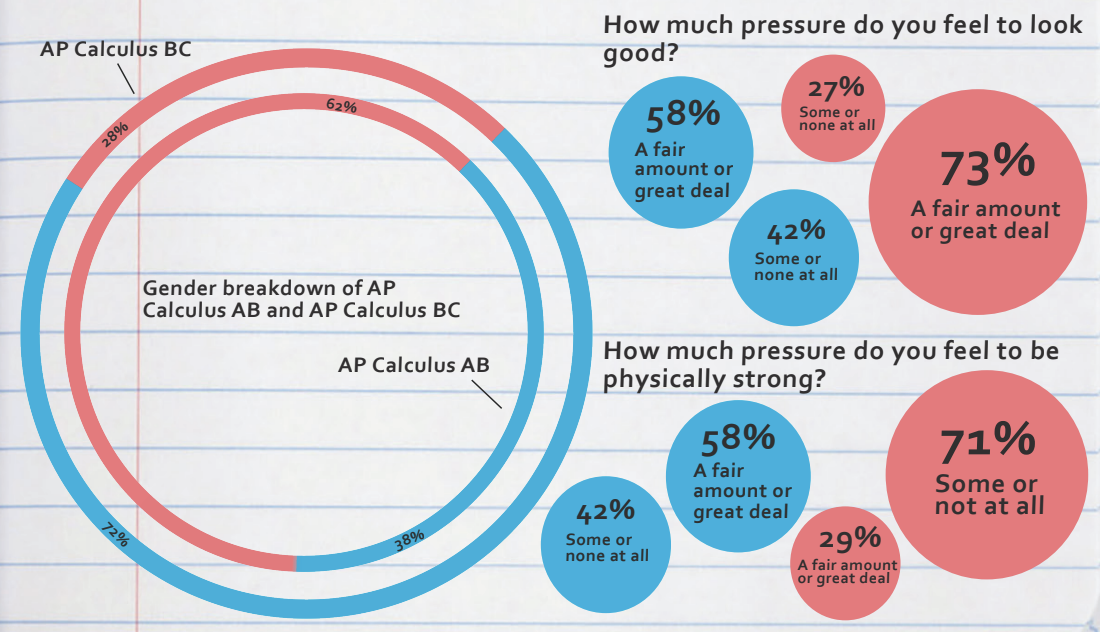Pro
Mitchell Giller
Staff Reporter
Whatever happened to the train? In the last 50 years, the U.S. has become a culture dominated by cars and airplanes, but now it is time for the return of the train.
High-speed trains are a type of passenger transport that operates significantly faster than the normal speed of rail traffic. Normal passenger trains are limited to 59 mph, while these high-speed trains can cruise at speeds up to 220 mph, according to the High-Speed Rail Alliance.
The American Public Transportation Association estimates that the high-speed rail system would create up to 24,000 jobs in the railway industry.
High-speed rail systems would also have positive effects on the environment. According to the APTA, these trains are eight times more energy efficient than airplanes and four times more energy efficient than the average car. This system would also reduce road congestion. According to the APTA, the United States loses $140 billion annually in lost time and productivity. However, the HSRA states that these trains will cut travel times in half, making high-speed trains remarkably more convenient than a short flight or a long drive.
Though high-speed trains would improve employment levels, positively affect the environment and be more time-efficient, their cost is a significant downside. Amtrak estimates that a high-speed rail system would cost around $1 trillion for a national system.
There is no doubt that the train system would be expensive, but it would be able to generate a lot of revenue in a short amount of time. The APTA has reported that in other countries with high-speed train systems, they have made up to four times the cost of their construction in revenue.
While the process of getting land and constructing these high-speed rail systems will be incredibly difficult, the benefits that this new system will reap are much greater than the few negatives.
Con
Grayson Fletcher
Staff Reporter
When traveling, speed and efficiency are typically the top priority. No one wants to wait hours to travel to their desired destination. As a result, many people are constantly searching for ways to improve the travel system, but high-speed railways are not the solution. High-speed railway systems are not as fast as other forms of transportation, construction is incredibly expensive and the building of the rails disrupts native lands.
The “high speed” in the name high-speed railway is not an accurate representation of its true capabilities. According to the Cato Institute, these trains tend to travel at speeds around 200-250 km/h. With the introduction of new planes including the Boeing 707, high-speed railways are far outclassed. These airplanes can travel more than twice their speed, according to the Cato Institute, making them a far superior travel option.
The development of a high-speed railway also comes with costs that the U.S. doesn’t have the funds for. According to the Cato Institute, the U.S. spends about $200 million a year to maintain the country’s train systems and Amtrak’s Northeast Corridor. The construction of a high speed railway system will only accumulate more debt. President Biden realized that the U.S. was approaching the debt ceiling and was expected to run out of money by Oct. 18, 2021. As a result, he raised the debt ceiling by $480 billion. The development of a high speed railway system would only send the U.S. into greater debt.
Also, building a rail system would cut through native lands, disrupting the lives of those who live there. The building of high-speed railroads would damage land that people have lived on for centuries, devastating parts of their past.
Some may argue that a high-speed railway system would expand travel options or be more environmentally friendly. However, the reality is that the cons outweigh the pros. Overall, with the efficiency of airplanes and the cost that comes with building a rail system, the construction of a high-speed rail system is not beneficial for the United States.

“Yes. The highspeed trains will help people get to other places quickly, which will be more beneficial.”

“Yes. It is a safer way of traveling from place to place and can help increase modern technology.”

“No. I think the U.S. government can use their money in a better and more efficient way.”

“Yes. It will cut down fossil fuel use and help the future of our environment for new generations.”

“Yes. I favor speedy, low-emission public transportation that will reduce pollution and help us avert the climate catastrophe that is otherwise coming.”



























